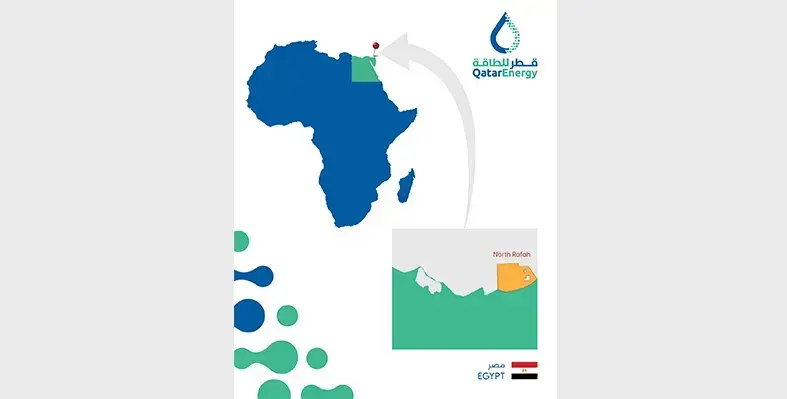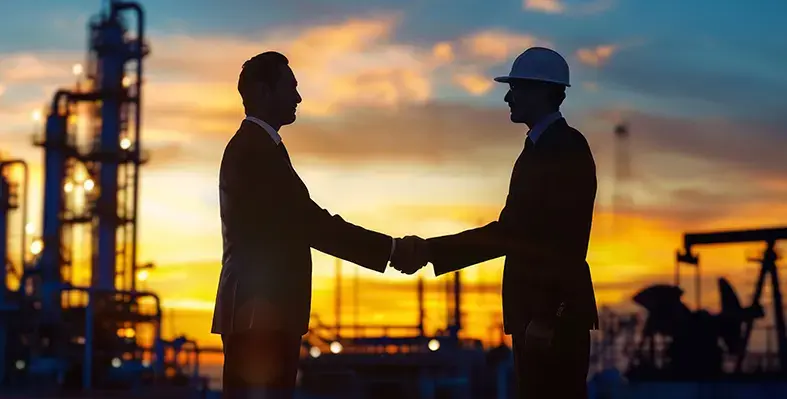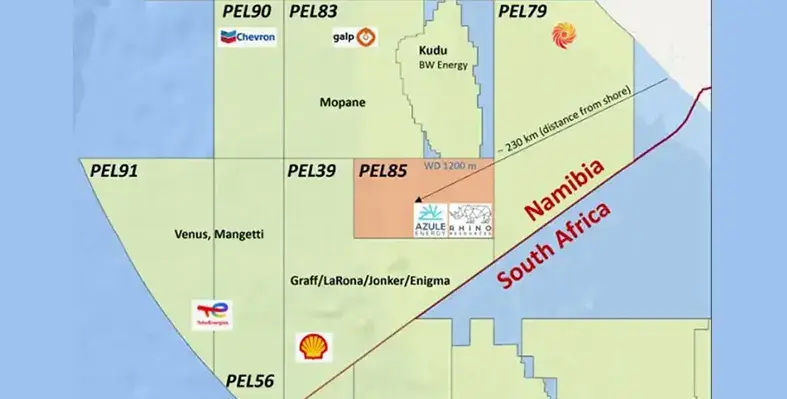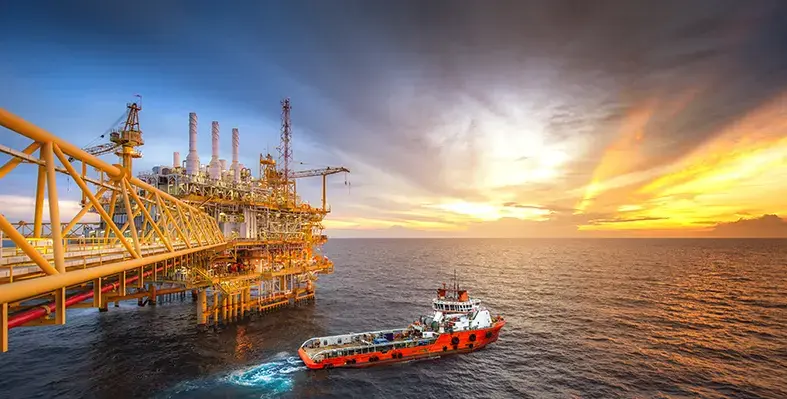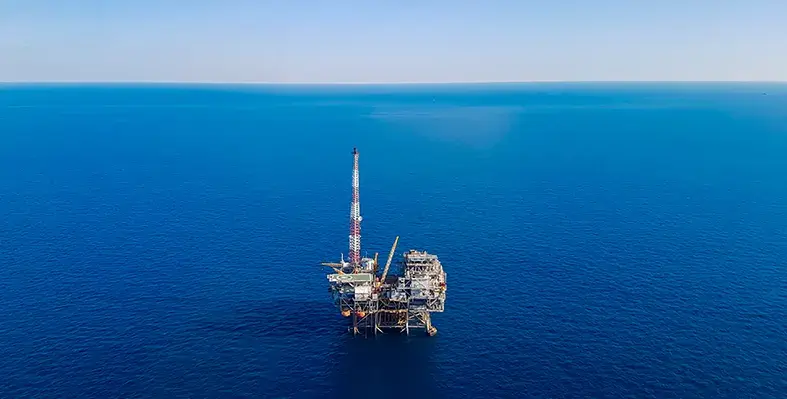
Block 3/24 is located adjacent to Afentra's existing interests in Blocks 3/05 and 3/05A.
Africa-focussed oil and gas company, Afentra plc, has received the Presidential Decree approval for its Risk Service Contract (RSC) for offshore Block 3/24
This follows the signing of Heads of Terms with Angola's National Agency of Petroleum, Gas and Biofuels (ANPG).
Block 3/24 is located adjacent to Afentra's existing interests in Blocks 3/05 and 3/05A, containing five established discoveries in shallow water, offering short-cycle, low-cost development as well as near-field exploration potential.
Under the terms of the RSC, Afentra will be Operator with a 40% interest in the block, alongside Maurel & Prom Angola S.A.S. (40%) and Sonangol E&P (20%).
Block 3/24 spans across 545 sq km, lying adjacent to Afentra's existing producing oil fields and undeveloped discoveries in Blocks 3/05 and 3/05A. The block adds a further five discoveries - Palanca North East, Quissama, Goulongo, Cefo and Kuma - all located in the same Pinda reservoir as the existing oil fields in Block 3/05 and 3/05A. In addition, the block contains the previously developed Canuku field cluster, which has produced up to 12,000 bopd. The block is estimated to include over 130 mmbbls of STOIIP and 400 bcf GIIP of already discovered resources.
These discoveries and previous development assets offer a significant opportunity to apply modern technology to deliver short-cycle, low-cost developments tied back to the existing infrastructure in Block 3/05. A number of exploration prospects have also been identified based on existing 3D seismic data.
CEO Paul McDade said, "We are pleased to confirm the formal approval of the Block 3/24 license. This milestone marks Afentra's first offshore operatorship and represents a significant step in our strategy to build a material production business in Angola. Our attention will now turn to technical analysis of the historic wells on the license as we commence a phased programme to re-access wells and fast-track first oil. We look forward to working with our joint venture partners to unlock the full potential of this highly prospective block."



